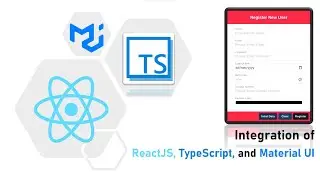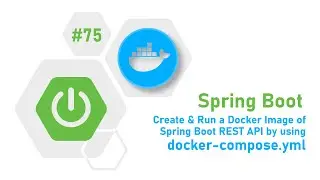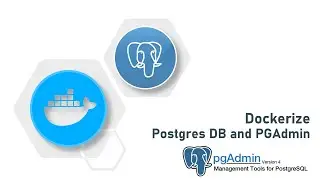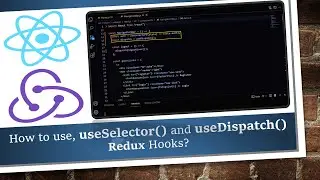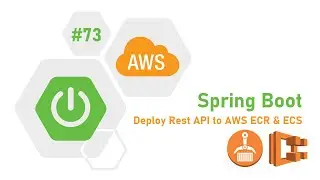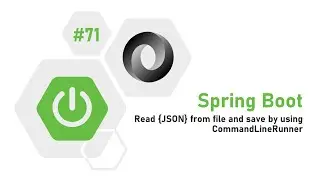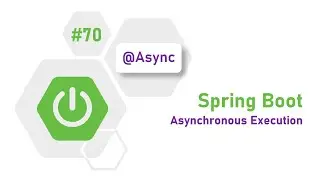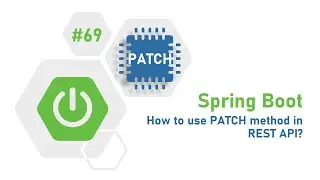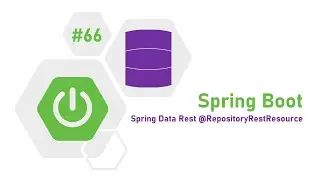49 - Spring Boot : @Configuration | @SpringBootApplication | Almighty Java
#Configuration #SpringBoot #SpringBootConfiguation #SpringBootApplication
=============================
Indicates that a class declares one or more @Bean methods and may be processed by the Spring container to generate bean definitions and service requests for those beans at runtime, for example:
@Configuration
public class AppConfig {
@Bean
public MyBean myBean() {
// instantiate, configure and return bean ...
}
}
===============================
Bootstrapping @Configuration classes
===============================
Via AnnotationConfigApplicationContext
--------------------------------------
AnnotationConfigApplicationContext ctx = new AnnotationConfigApplicationContext();
ctx.register(AppConfig.class);
ctx.refresh();
MyBean myBean = ctx.getBean(MyBean.class);
Via component scanning
----------------------
@Configuration
public class AppConfig {
private final SomeBean someBean;
public AppConfig(SomeBean someBean) {
this.someBean = someBean;
}
// @Bean definition using "SomeBean"
}
@Configuration
@ComponentScan("com.acme.app.services")
public class AppConfig {
// various @Bean definitions ...
}
Working with externalized values
Using the Environment API
-------------------------
@Configuration
public class AppConfig {
@Autowired Environment env;
@Bean
public MyBean myBean() {
MyBean myBean = new MyBean();
myBean.setName(env.getProperty("bean.name"));
return myBean;
}
}
@Configuration
@PropertySource("classpath:/com/acme/app.properties")
public class AppConfig {
@Inject Environment env;
@Bean
public MyBean myBean() {
return new MyBean(env.getProperty("bean.name"));
}
}
Using the @Value annotation
----------------------------------------------
@Configuration
@PropertySource("classpath:/com/acme/app.properties")
public class AppConfig {
@Value("${bean.name}") String beanName;
@Bean
public MyBean myBean() {
return new MyBean(beanName);
}
}
Composing @Configuration classes
With the @Import annotation
----------------------------------------------
@Configuration
public class DatabaseConfig {
@Bean
public DataSource dataSource() {
// instantiate, configure and return DataSource
}
}
@Configuration
@Import(DatabaseConfig.class)
public class AppConfig {
private final DatabaseConfig dataConfig;
public AppConfig(DatabaseConfig dataConfig) {
this.dataConfig = dataConfig;
}
@Bean
public MyBean myBean() {
// reference the dataSource() bean method
return new MyBean(dataConfig.dataSource());
}
}
new AnnotationConfigApplicationContext(AppConfig.class);
With the @Profile annotation
---------------------------------------------
@Profile("development")
@Configuration
public class EmbeddedDatabaseConfig {
@Bean
public DataSource dataSource() {
// instantiate, configure and return embedded DataSource
}
}
@Profile("production")
@Configuration
public class ProductionDatabaseConfig {
@Bean
public DataSource dataSource() {
// instantiate, configure and return production DataSource
}
}
@Configuration
public class ProfileDatabaseConfig {
@Bean("dataSource")
@Profile("development")
public DataSource embeddedDatabase() { ... }
@Bean("dataSource")
@Profile("production")
public DataSource productionDatabase() { ... }
}
With Spring XML using the @ImportResource annotation
@Configuration
@ImportResource("classpath:/com/acme/database-config.xml")
public class AppConfig {
@Inject DataSource dataSource; // from XML
@Bean
public MyBean myBean() {
// inject the XML-defined dataSource bean
return new MyBean(this.dataSource);
}
}
With nested @Configuration classes
@Configuration
public class AppConfig {
@Inject DataSource dataSource;
@Bean
public MyBean myBean() {
return new MyBean(dataSource);
}
@Configuration
static class DatabaseConfig {
@Bean
DataSource dataSource() {
return new EmbeddedDatabaseBuilder().build();
}
}
}
Constraints when authoring @Configuration classes
•Configuration classes must be provided as classes (i.e. not as instances returned from factory methods), allowing for runtime enhancements through a generated subclass.
•Configuration classes must be non-final.
•Configuration classes must be non-local (i.e. may not be declared within a method).
•Any nested configuration classes must be declared as static.
•@Bean methods may not in turn create further configuration classes (any such instances will be treated as regular beans, with their configuration annotations remaining undetected).

![[FREE] SLIMESITO x BEEZYB TYPE BEAT 2022 -](https://images.videosashka.com/watch/1EoTITwenvE)






